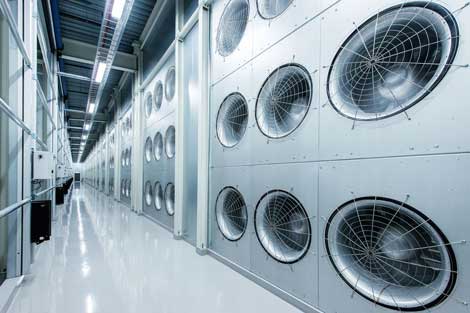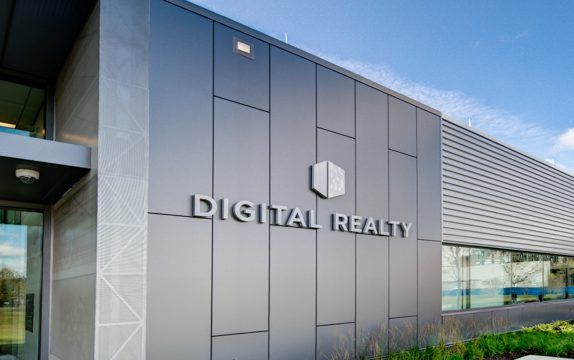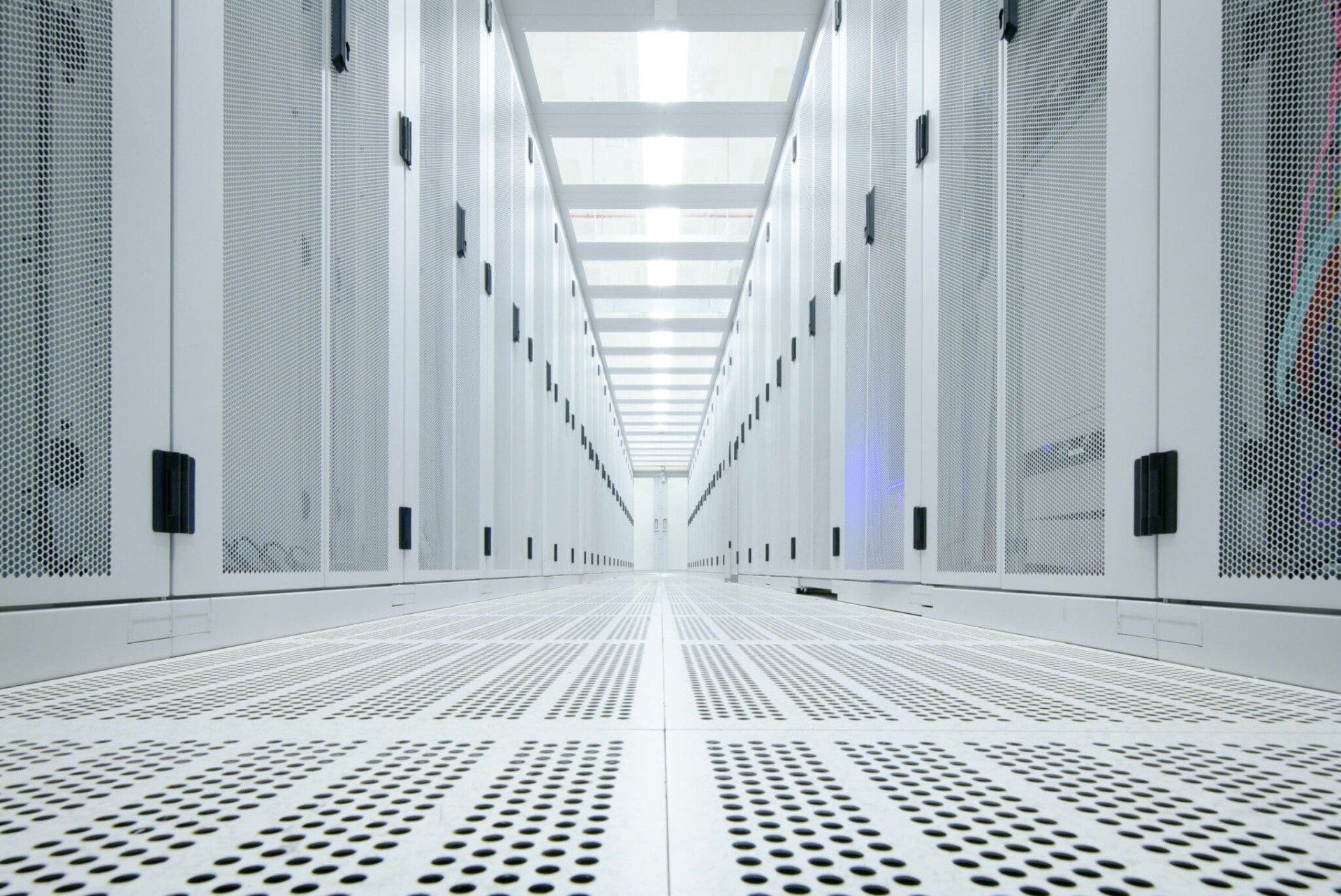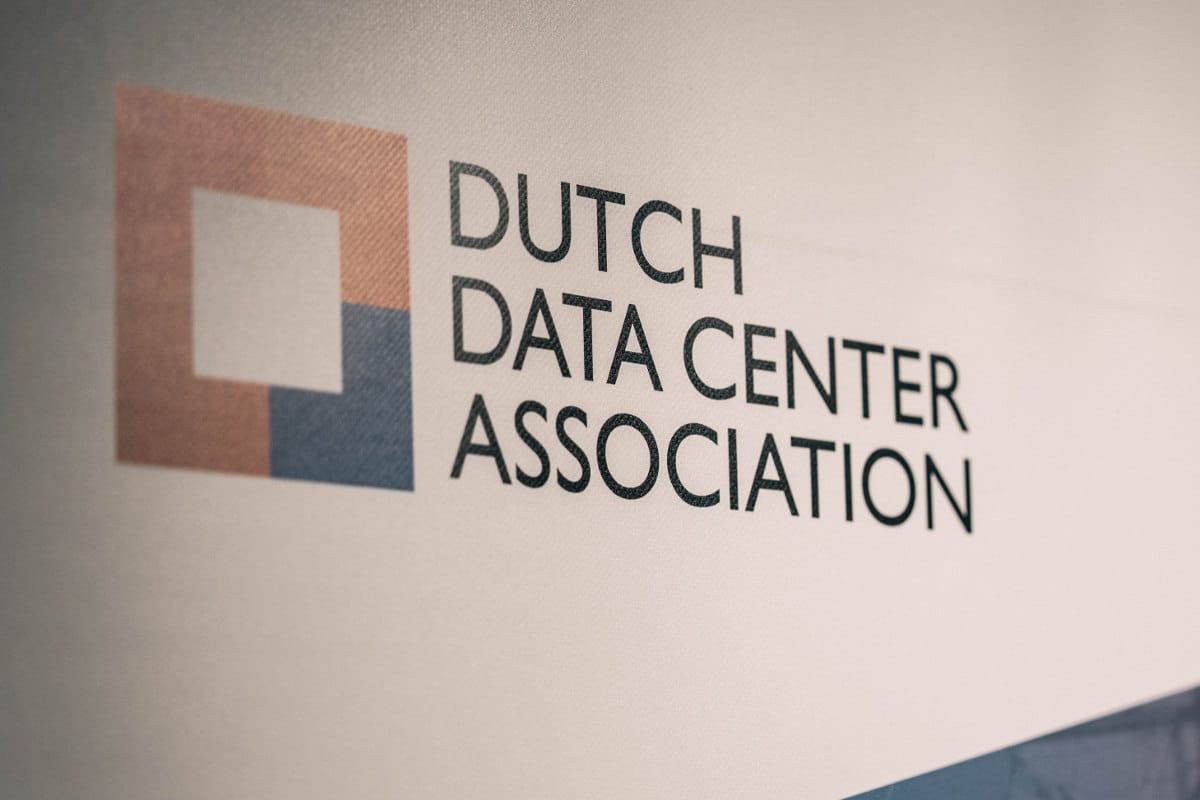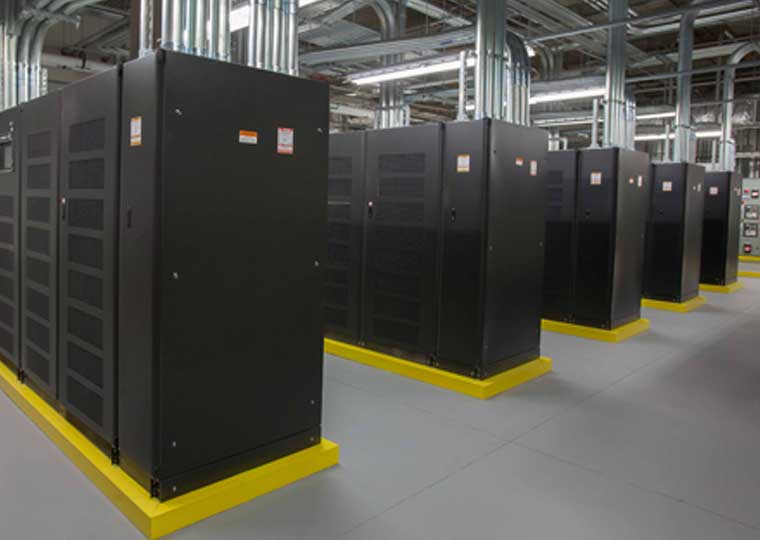Marseille – from landing station to content hub
How a small step now makes sense
For a long time the main places to peer outside of the US were London, Amsterdam and Frankfurt. Where London used to be the largest place to peer at the LINX about 10 years ago, slowly the AMX-IX took over this role and now Frankfurt houses the largest IX, DEC-IX running about 4 Tb/s on average and with peaks just under 7 Tb/s.
Asian and Middle Eastern carriers come to these places to peer and gain access to the world’s largest IP networks.
In the meantime, Interxion bought the SFR data centre in Marseille in 2014 and started upgrading it. Interxion even built a second data centre in an old submarine base (the picture above is Interxion MRS2 before being fitted out) with the opening of the first phase in May 2018. Marseille is naturally a very important place as it is the landing point for many sea cables running to the Middle East, India and Asia.
Interxion now says that the Marseille data centres are the Europe’s fastest growing content hubs as Asian Carriers start to pick up increasing amount of content there. Reduction in latency is a natural reason and there is a small cost saving in picking it all up in Marseille instead of Frankfurt.
What remains interesting is knowing the timeline when a lot of this content will start to be pushed out to the Middle East and Asia. The cost of sea cable capacity is still very high and that still weighs up having the content more local in the Middle East and Asia.
